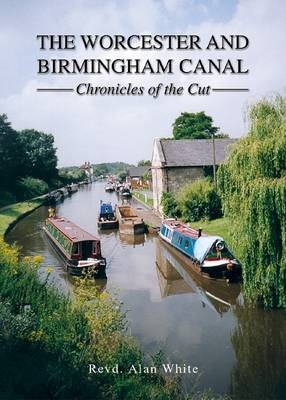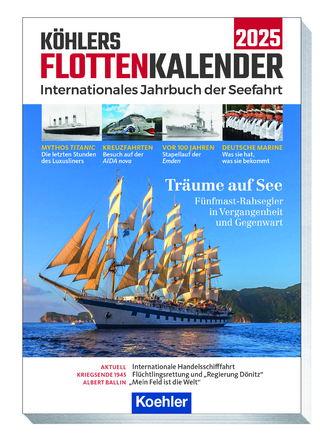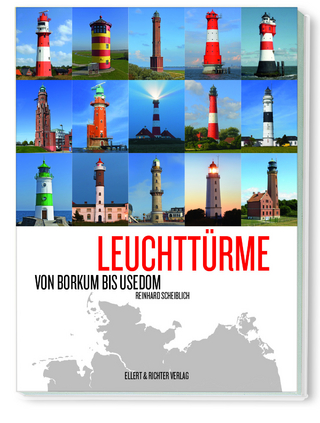
The Worcester and Birmingham Canal
Chronicles of the Cut
Seiten
2016
Brewin Books (Verlag)
978-1-85858-556-7 (ISBN)
Brewin Books (Verlag)
978-1-85858-556-7 (ISBN)
The Worcester and Birmingham Canal when it was authorised by Act of Parliament, to 1815 when it was completed 24 years later. Although intended as a broad canal for barges and having five broad tunnels, it was eventually completed with narrow locks due to financial difficulties.
The Worcester and Birmingham Canal, some thirty miles long, was created from 1791, when it was authorised by Act of Parliament, to 1815 when it was completed 24 years later. Although intended as a broad canal for barges and having five broad tunnels, it was eventually completed with narrow locks due to financial difficulties. From Gas Street Basin at the Birmingham end it passes through the suburbs of Edgbaston, Selly Oak and Kings Norton, then through the long West Hill Tunnel and via Hopwood and Alvechurch through countryside to Tardebigge, all this section being on the Birmingham Level. Then it descends in stages via fifty-six narrow locks and two barge locks to the River Severn at Diglis via Stoke Prior, Hanbury Wharf, Dunhampstead, Oddingley, Tibberton, Blackpole and the eastern suburbs of Worcester City. The earlier chapters of this book trace in detail the successive stages reached in making the canal and the reservoirs needed to safeguard the water supplies of millowners, the financial and other problems faced, and the saga of the Tardebigge Boat Lifi.
Later chapters cover the history of the canal following its completion, its use for both commercial and pleasure purposes, its administration and management, its upkeep and maintenance, its involvement with railways, and the various industries and amenities which were established beside it, Three of the final chapters feature past and present places and items of interest located along the canal from Birmingham to Worcester. Of special interest throughout is the impact the canal had upon the lives of countless people, those involved in its construction, those who lived and worked on the boats, those who were employed by the Canal Company as engineers, lock-keepers and maintenance men, people who worked in canalside factories, shops, public house, boatyards, and on wharves, and those concerned for the welfare of canal boat families and their animals.
The Worcester and Birmingham Canal, some thirty miles long, was created from 1791, when it was authorised by Act of Parliament, to 1815 when it was completed 24 years later. Although intended as a broad canal for barges and having five broad tunnels, it was eventually completed with narrow locks due to financial difficulties. From Gas Street Basin at the Birmingham end it passes through the suburbs of Edgbaston, Selly Oak and Kings Norton, then through the long West Hill Tunnel and via Hopwood and Alvechurch through countryside to Tardebigge, all this section being on the Birmingham Level. Then it descends in stages via fifty-six narrow locks and two barge locks to the River Severn at Diglis via Stoke Prior, Hanbury Wharf, Dunhampstead, Oddingley, Tibberton, Blackpole and the eastern suburbs of Worcester City. The earlier chapters of this book trace in detail the successive stages reached in making the canal and the reservoirs needed to safeguard the water supplies of millowners, the financial and other problems faced, and the saga of the Tardebigge Boat Lifi.
Later chapters cover the history of the canal following its completion, its use for both commercial and pleasure purposes, its administration and management, its upkeep and maintenance, its involvement with railways, and the various industries and amenities which were established beside it, Three of the final chapters feature past and present places and items of interest located along the canal from Birmingham to Worcester. Of special interest throughout is the impact the canal had upon the lives of countless people, those involved in its construction, those who lived and worked on the boats, those who were employed by the Canal Company as engineers, lock-keepers and maintenance men, people who worked in canalside factories, shops, public house, boatyards, and on wharves, and those concerned for the welfare of canal boat families and their animals.
The author, the Revd. Alan White, is the Historian of the Worcester and Birmingham Canal Society. He was for many years Chaplain and Head of the Mathematics Department of Bromsgrove School and more recently served as Priest-in-Charge of Tardebigge Parish through which the canal runs. His research into the history of the canal has been undertaken, as time has allowed, over the past thirty years.
| Erscheinungsdatum | 05.10.2016 |
|---|---|
| Zusatzinfo | 127 black and white photographs |
| Verlagsort | Warwickshire |
| Sprache | englisch |
| Maße | 170 x 240 mm |
| Themenwelt | Sachbuch/Ratgeber ► Geschichte / Politik ► Regional- / Landesgeschichte |
| Natur / Technik ► Fahrzeuge / Flugzeuge / Schiffe ► Schiffe | |
| ISBN-10 | 1-85858-556-2 / 1858585562 |
| ISBN-13 | 978-1-85858-556-7 / 9781858585567 |
| Zustand | Neuware |
| Haben Sie eine Frage zum Produkt? |
Mehr entdecken
aus dem Bereich
aus dem Bereich
internationales Jahrbuch der Seefahrt
Buch | Softcover (2024)
Koehler in Maximilian Verlag GmbH & Co. KG
23,95 €


